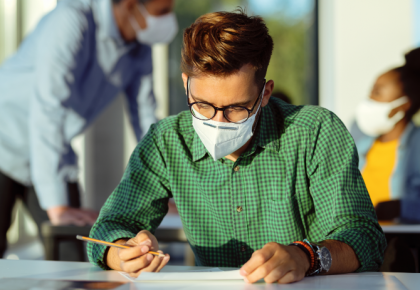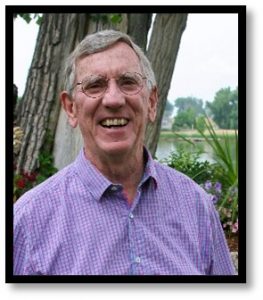
The SDGs emphasize the interconnectedness of global environmental, social and economic aspects of sustainable development by putting sustainability at the center, and emphasizing that we do not live or act independently and without ripple effects.
The 17 SDGs are: No poverty, zero hunger, good health and well-being, quality education, gender equality, clean water and sanitation, affordable and clean energy, decent work and economic growth, industry, innovation and infrastructure, Reduced Inequality, Sustainable Cities and Communities, Responsible Consumption and Production, Climate Action, Life Below Water, Life On Land, Peace, Justice, and Strong Institutions, Partnerships for the Goals. These goals were made more “actionable” by a UN Resolution adopted by the General Assembly, whereby the resolution identifies specific targets for each goal, along with indicators that are being used to measure progress toward each target. The UN wants each Goal to be achieved by 2030.
There are cross-cutting issues and synergies between the different goals. Cross-cutting issues include gender equality, education, culture and health.
Goal 5: Gender equality
SDG 5 is to: “Achieve gender equality and empower all women and girls”. In 2020, representation by women in single or lower houses of national parliament reached 25 per cent, up slightly from 22 per cent in 2015. Women now have better access to decision-making positions at the local level, holding 36 per cent of elected seats in local deliberative bodies, based on data from 133 countries and areas.
This section is an excerpt from Sustainable Development Goal 5
Through the pledge to “Leave No One Behind”, countries have committed to fast-track progress for those furthest behind, first.
SDG 5 aims to grant women and girls equal rights, opportunities to live free without discrimination including workplace discrimination or any violence. This is to achieve gender equality and empower all women and girls.
Goal 8: Decent work and economic growth
SDG 8 is to: “Promote sustained, inclusive and sustainable economic growth, full and productive employment and decent work for all”.
Over the past five years, economic growth in least developed countries has been increasing at an average rate of 4.3 per cent.
Addressing youth employment means finding solutions with and for young people who are seeking a decent and productive job. Such solutions should address both supply, i.e. education, skills development and training, and demand.
In 2018, the number of women engaged in the labor force was put at 48 per cent while that of men was 75 per cent.
Goal 10: Reduced inequality
SDG 10 is to: “Reduce income inequality within and among countries”.
In 73 countries during the period 2012–2019, the bottom 40 per cent of the population saw their incomes grow. Still, in all countries with data, the bottom 40 per cent of the population received less than 25 per cent of the overall income or consumption.
Women are more likely to be discriminated against than men. Among those with disabilities, 3 in 10 personally experienced discrimination, with higher levels still among women with disabilities. The main grounds of discrimination mentioned by these women was not the disability itself, but religion and ethnicity, pointing to the urgent need for measures to tackle multiple and intersecting forms of discrimination.
In 2019, 54 per cent of countries had a comprehensive set of policy measures to facilitate orderly, safe, regular and responsible migration and mobility of people.
Goal 17: Partnership for the goals
SDG 17 is to: “Strengthen the means of implementation and revitalize the global partnership for sustainable development”.Goal 17 is included to assure that countries and organizations cooperate instead of compete.
Humanitarian crises brought on by conflict or natural disasters have continued to demand more resources and aid.


